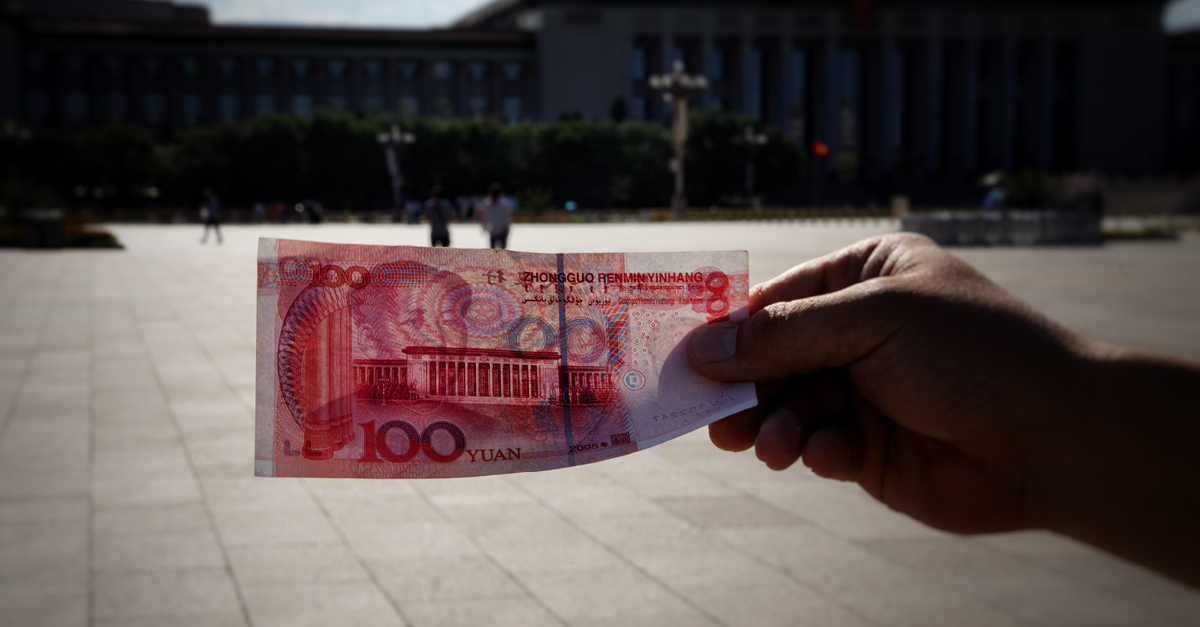In this week’s article, we’ll take look at the history, the production and the economy that sits behind the Chinese Yuan, a currency we deal with a lot here at Finseta.
A bit of history…
China is an ancient country and as such has had multiple currencies over the thousands of years it has been in existence.
The Yuan was first introduced in 1948, replacing the silver dollar that had been used previously. It did not become the country’s primary currency until several years later.
In 1955, a new Yuan was introduced at a rate of 1 new yuan = 10,000 old yuan.
Coins and Banknotes…
The Yuan is subdivided into 10 subunits, called jiao, and each jiao is further subdivided into 10 fen.
Common banknotes are the ¥1 RMB, ¥5 RMB, ¥10 RMB, ¥20 RMB, ¥50 RMB, and ¥100 RMB.
Common coins are ¥0.1 RMB, ¥0.5 RMB, and ¥1 RMB.
All banknotes feature a prominent portrait image of Chairman Mao.
The yuan is issued by the People’s Bank of China, the countries central bank.


A currency growing in power...
In the last 20 years, the Chinese Yuan or Renminbi as it is also known has been growing in international economic significance.
The total world foreign currency reserves of the Renminbi now sit at around 3% and have doubled in the last couple of years alone.
For much of China’s recent history, the Yuan was pegged to the US Dollar, but in 2005 China began to gradually allow the Yuan to appreciate against the dollar.
The value of the Yuan has been a controversial topic in recent years, with some accusing China of artificially devaluing the currency to make its exports more competitive. However, China has consistently denied these accusations, saying that it intervenes in the currency market only to prevent sharp swings in the value of the Yuan.
The renminbi has remained very stable against major western currencies. In the last 10 years, the value of one US dollar has always sat within the ¥6-¥7 range.
In the last survey by the Bank for International Settlements, Renminbi was the 8th most traded currency and accounted for on average 4.3% of the daily volume of FX transactions.





